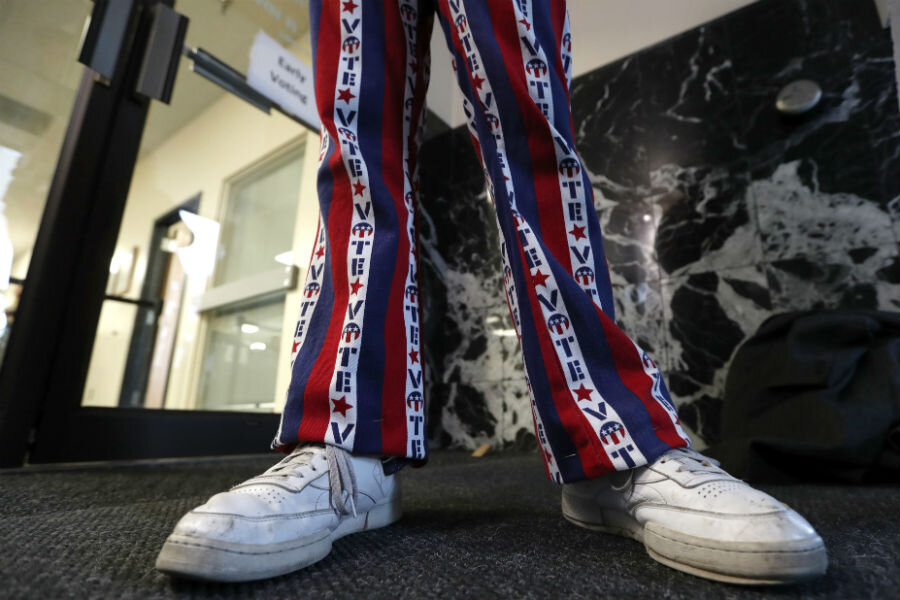When American elections were rigged: How did the US stop electoral fraud?
Loading...
In a stormy series of speeches, debate remarks, and posts on Twitter over the past week, Republican nominee Donald Trump has lashed out at a list of national institutions, from the media to the FBI, accusing them of conspiring against him, and warning darkly of widespread voter fraud.
His claim that the upcoming election is being "rigged," and his corresponding refusal to guarantee that he’ll accept the results, has earned him rebukes from Democrats, as well as more than a few Republicans. On Thursday night, his opponent Hillary Clinton made light of it at the Alfred E. Smith memorial dinner in New York.
"It's amazing I'm up here after Donald," she said after Mr. Trump had his turn to speak, according to NPR. "I didn’t think he'd be OK with a peaceful transition of power."
Mr. Trump’s claims appear to resonate with a considerable swath of the electorate – a September Gallup poll found that only 62 percent of Americans said they were "very confident" or "somewhat confident" that votes will be accurately cast and counted in this year’s election. Among Democrats, that number rose to 77 percent, while among Republicans, it fell to 50 percent.
But electoral experts and media fact-checkers have rejected his claims as based on false assumptions, a discredited study that relied on internet respondents, or simply an exaggerated version of the truth: that the number of verified instances of voter fraud since the year 2000 likely come out to less than three dozen, as per a 2014 count by Justin Levitt, a professor at Loyola Law School who is now serving as the Justice Department's top lawyer for its civil rights division.
The ascendance of such claims, factual or not, might also merit a look at how US elections used to operate, and the late 19th- and early 20th-century shifts that improved the process: chiefly, ballot reforms that made votes secret, and electoral reforms that took the whole process out of the control of political parties and handed it off to state governments.
Through the 1880s, when elections were still purely a party affair, fraud was a fairly common custom. "Political corruption at the time included such practices as the payment of voters, candidates required to pay parties in order to have their names placed on lists of preferred candidates, [and] stuffing ballot boxes with votes by non-existent voters," University of Colorado political scientist E. Scott Adler wrote in 2010.
And parties supervised the whole affair. "Party operatives could watch you vote. They were the ones printing up ballots, so they knew how you voted," says Erik Engstrom, a University of California-Davis political scientist who studies US institutions and parties, in an interview with The Christian Science Monitor.
In 1888, the city of Louisville adopted the secret ballot, as part of a backlash to partisan corruption and electoral fraud. The measure spread quickly to other states, spearheaded by Progressive reformers scandalized by how party machines operated – particularly in urban areas transformed by a massive influx of immigrants. Meanwhile, as parties increasingly found themselves unable to run elections where 80 to 90 percent of a diverse, newly urbanized electorate routinely turned out, state governments took over responsibility.
"It's hard to imagine returning to that kind of 19th-century system," says Dr. Engstrom. "On the whole we have relatively fair and clean elections, especially compared to other political systems around the world. So it’s a little troubling to have someone make this a general campaign claim, and have portions of the electorate feel like the voting isn’t fair."






